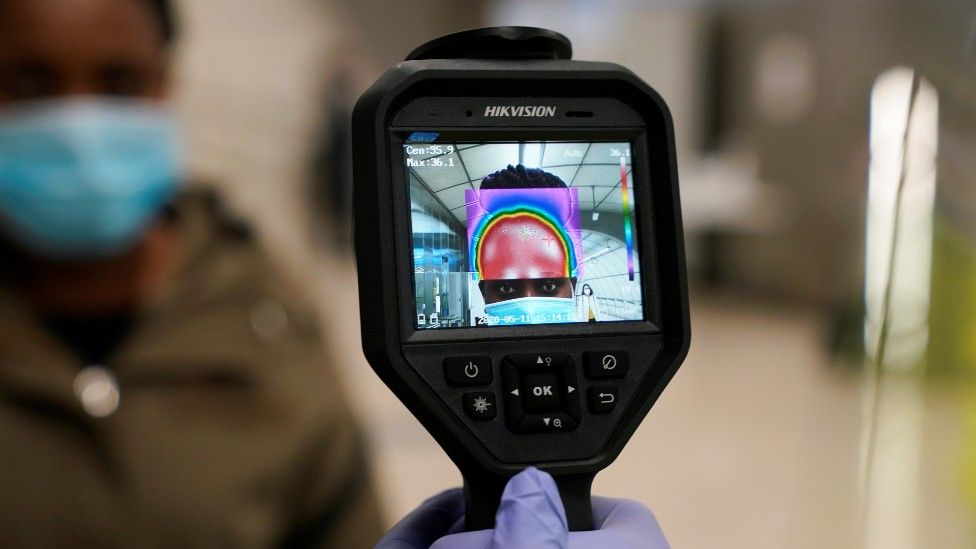Thermal Cameras & Types Explained
Are you considering buying a thermal camera but do not know where to begin? You have come to the right place. We have thermal cameras and types explained in this article, so continue reading.
What are Thermal Cameras?
The detection of problems related to building performance is becoming very important for commercial and institutional facilities. The maintenance managers and engineers are concentrating their efforts to provide all possible options to the technicians for monitoring such troubleshooting tasks. Many efforts are underway in thermal or infrared imaging.

Thermal cameras have now become emerging viable and cost-effective tools for technicians. With the help of these cameras, the organizations and facilities can avoid building performance problems, which will lead to costly repairs and replacements.
Thermal cameras are electronic devices that can be handheld. They are specifically for the detection of heat energy with visual display integrated into them. The main component is the heat sensor attached with a lens of a special kind and works on the principles of the standard image capturing techniques.
How Thermal Cameras work?
Thermal cameras can show warmer objects. These objects usually display a yellow-orange hue that becomes sharper as the object gets warmer. The colder objects are visible with a hue of blue or purple color.
The wavelength of infrared energy starts from 700 nanometers and expands to approximately 1milimeter. The wavelength is lesser than this spectral range can be visible and seen with the naked eye. The thermal cameras to produce thermal images use this infrared energy. Firstly, the infrared energy falls on the lens, which directs the beam towards the set of detectors, because of which the thermogram forms. The thermogram changes into electrical signals, which converts into a thermal image that one can see and interpret.
What are the Types of Thermal Cameras?
There are three basic types of thermal or infrared cameras, depending on their use and operation in the facility maintenance. The types are as follow:
Short-wavelength Cameras
The short-wavelength infrared cameras detect the infrared wavelengths that lie in the spectral range of 0.9 to 1.7 microns. This range of wavelength is quite close to that of the visible light. Very high resolution is achievable with this type of camera, relative to the spectrum of visible light.
Mid-wavelength Cameras
These mid wavelength infrared cameras detect the infrared wavelengths that lie in the spectrum of 2-5 microns. These cameras deliver higher resolution having many accurate readings. There is a high amount of atmospheric absorption in this spectral range, due to which the images produced are not as clear and detailed as taken with long-wavelength cameras. The applications like single-ply roofing technique and scanning boilers and ballasted require these cameras because they give very high-temperature values.
Long-wavelength Cameras
Long-wavelength cameras are the most famous infrared cameras. These long-wavelength infrared cameras detect the infrared wavelengths that lie in the spectrum of 7-12 microns. You can produce images with details with these cameras because the atmospheric absorption is minimal at this spectral range. Moreover, one can measure accurate temperature readings and evaluate the differences across small and large ranges of temperature with these long-wavelength cameras.
With thermal cameras and types explained, you can now find the right thermal camera for your needs.


